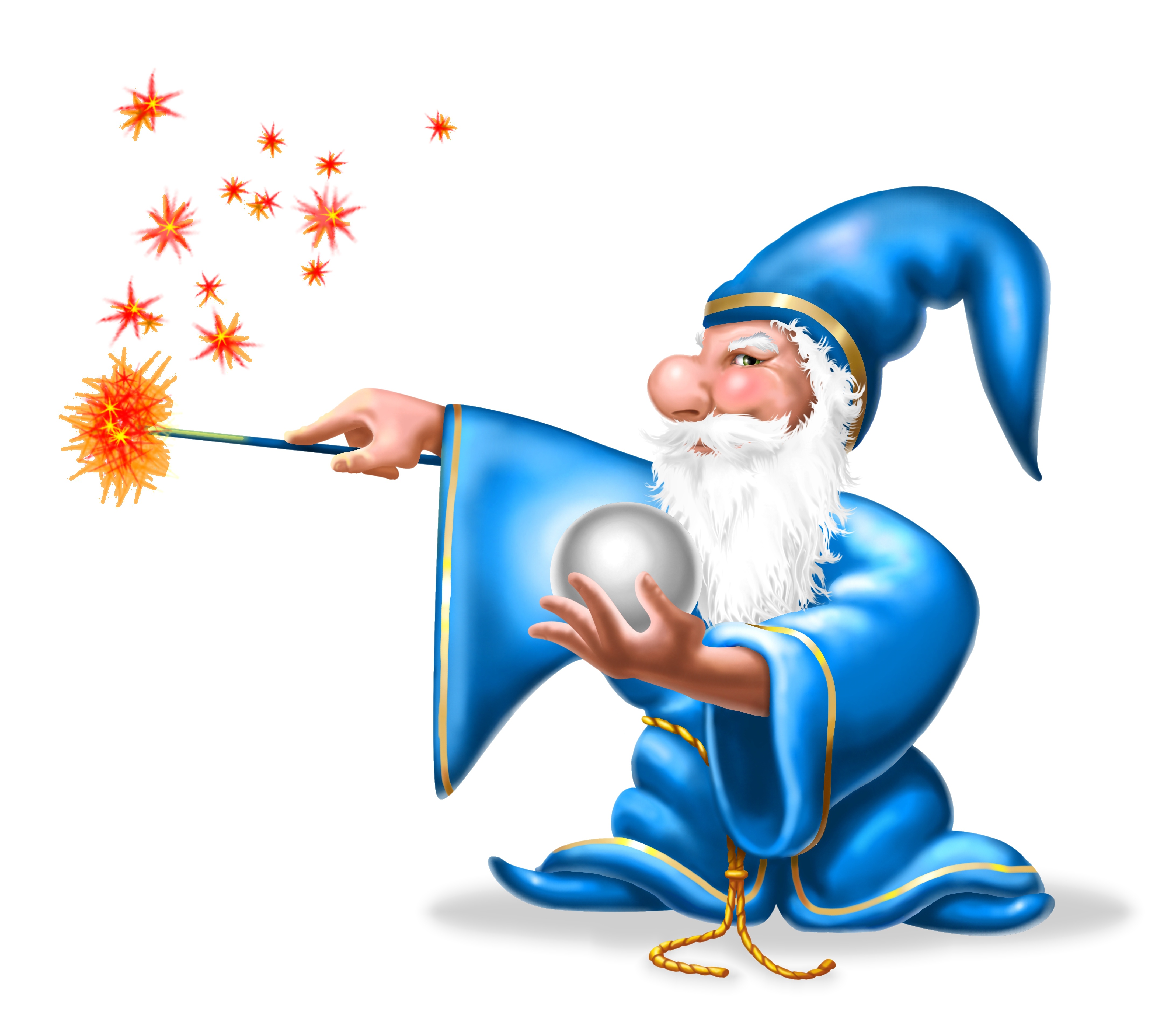How to encourage creativity and get your team to foster and develop winning ideas.
If you were a wizard then simply waving a magic wand would make everything exactly how you’d like it to be. But reality isn’t as fun and easy as a fantasy … or is it? In the book Magic of Reality, Richard Dawkins describes how our ancestors used supernatural magic to explain the world before the scientific method was developed.
Here is an excerpt:
The ancient Egyptians explained the night goddess by suggesting that the goddess Nut swallowed the sun. The Vikings believed a rainbow was the gods’ bridge to earth. The Japanese used to explain earthquakes by conjuring a gigantic catfish that carried the world on its back – earthquakes occurred each time it flipped its tail. These are magical, extraordinary tales. But there is another kind of magic, and it lies in the exhilaration of discovering the real answers to these questions. It is the magic of reality – science. -ref 2
The book then goes on to explain the world around us using the scientific method, debunking all of the myths and folklore that was believed from generation to generation.
Similarly there are two types of organizations. The first type is focused on rewarding execution of a proven business model using well defined key performance indicators. These companies view innovation as a chaotic haphazard phenomena that just happens on its own while their employees and resources are executing a proven repeatable business model. Innovations is a one off activity energized by one or more individuals who are often viewed as corporate misfits. Their efforts are only recognized after the fact and only if they succeed. Any failure is viewed very negatively. Successful innovation for execution-driven organizations seems magical and mythical.
The second type views innovation as integral to all aspects of the organization’s activities and a key component of every employee’s job function. These organizations track innovation performance indicators, and have established policies, processes and incentives that promote and drive continuous innovation. Innovation failure is often embraced as a badge of honor – new concepts and business models are celebrated and rewarded even if they do not ultimately produce any material results, cost savings o revenue increase. Innovation is not treated as something that happens in a silo or a defined incubator – everyone is an engaged and active participant in the process. Successful new concepts and ventures for continuous-innovation organizations is viewed as simply an everyday reality.
Here are some of the key cultural traits, incentive models and tool-set differences for execution-driven versus continuous-innovation organizations.
| Execution-driven organization | Continuous-innovation organization | |
| Innovation portal or hub | No innovation hub exists – or if it does, it is not updated, there is very little activity and user engagement. | Innovation hub serves as a vibrant, frequently updated, and active portal to hold conversations on new ideas and participate in evaluating and developing new concepts. |
| Collaboration on ideas, suggestions and feedback | New ideas and suggestions are discussed in social networks and chat systems with no follow through, no system review or further development | Purpose-specific idea, suggestion and feedback forms by community and category designed, with data capture for risk/feasibility/complexity, cost estimates and value where needed. |
| Idea management workflow | No idea management workflow. Suggestions are submitted in a virtual suggestion box and often never to be heard from again. | Every idea, suggestion and feedback is treated as a entry that is managed by a workflow, with appropriate work assignments, roles, action and age-based notifications and escalations. |
| Innovation rewards – gamification | Innovation is rewarded only if it succeeds No formal reward system to encourage creative ideas, new concepts, developing business cases and experimentation. | All user activity is tracked and rewarded by points or other mechanisms to measure user engagement and contributions with carefully constructed recognition and reward systems for innovation activity, experimentations and results. |
| Innovation strategy | Strategy is communicated in memos and all hands meetings without any direct impact on innovation efforts. Occasional haphazard brainstorming, ideation and jam sessions with little to no follow through. | Innovation strategy is continuously updated with new challenges that are derived from corporate, departmental or resource-group specific objectives. Innovation portal, challenges, communities, and incentives are constantly tweaked, modified, and improved to align with communicated objectives. |
| Innovation ownership | Innovation is viewed as silo-ed activity performed by R&D team only, designated internal teams or creative staff working in funded virtual or actual incubators. | Focus is on enterprise-wide innovation with the participation and contributions of diverse internal and external groups potentially including customers and partners. |
| Innovation intent | To encourage employee engagement, diversity and inclusiveness | To create a long-term sustainable competitive advantage |
| Employee performance evaluations | Participation and engagement in innovation activities is not factored into employee performance evaluations unless the innovation is successful. | Evaluations include an assessment of the individual’s engagement and contributions to continuous improvement and innovation. The assessment has a material impact on the overall performance review. |
| Intellectual Property (IP) management controls | No IP management controls. | The innovation system has strict IP disclaimers, audited legal acceptance to terms before participating (where necessary), and idea workflow-driven security to protect both the company and participants throughout the process. |
References
2. https://www.bookbrowse.com/bb_briefs/detail/index.cfm/ezine_preview_number/6750/the-magic-of-reality
3. http://www.inc.com/steve-blank/why-companies-are-not-startups.html

